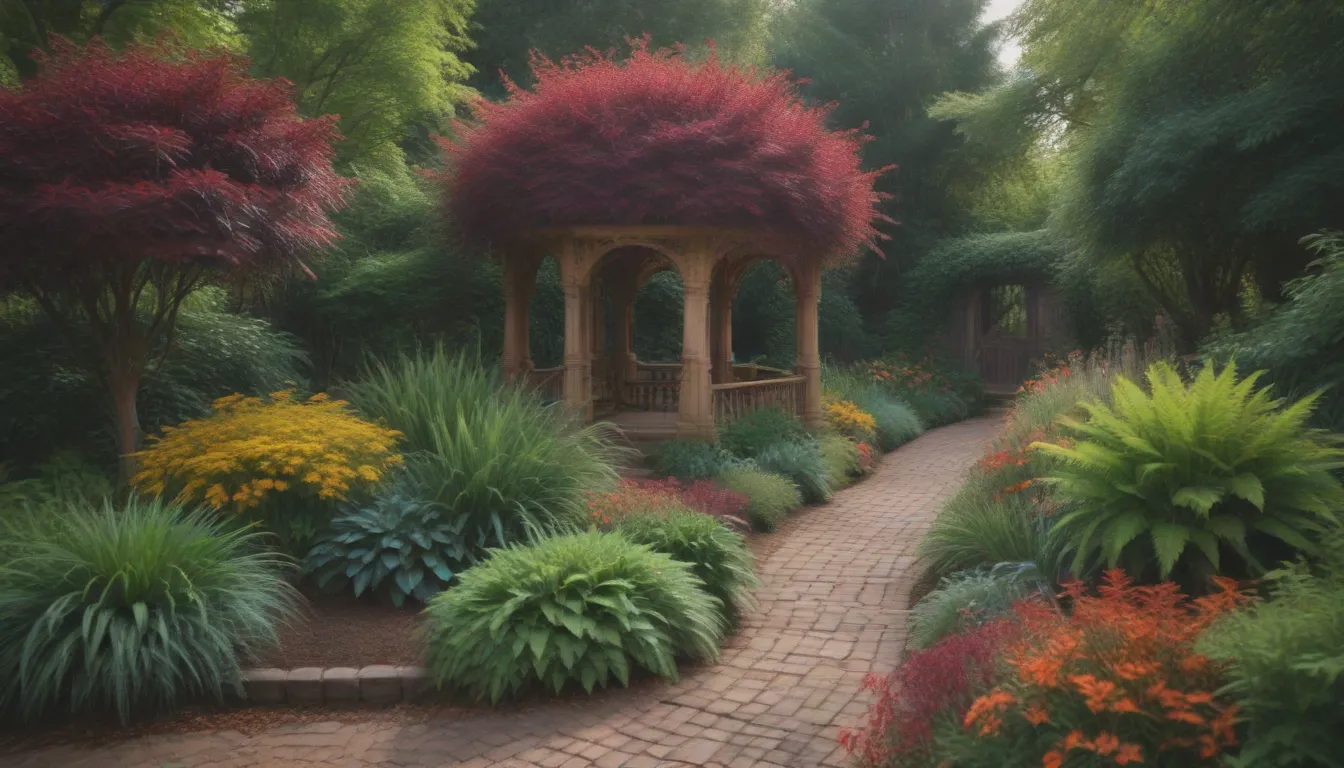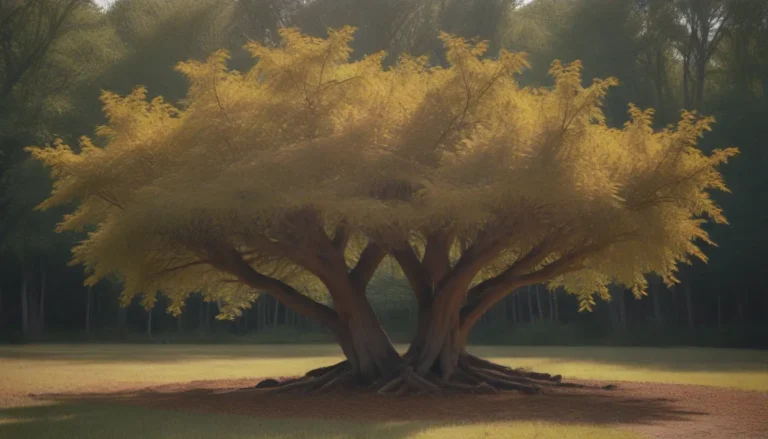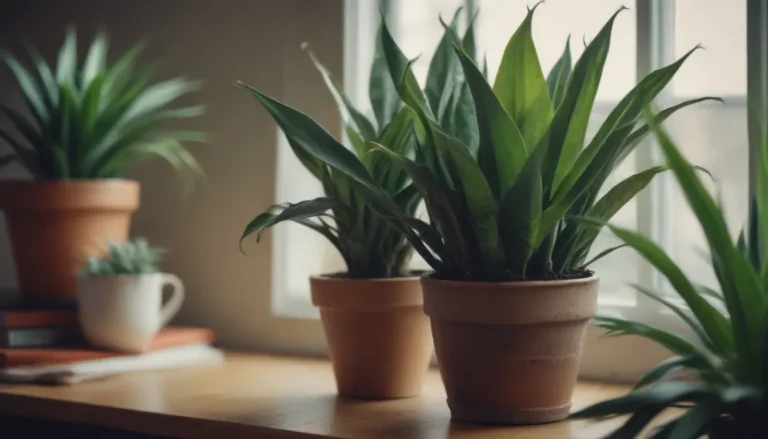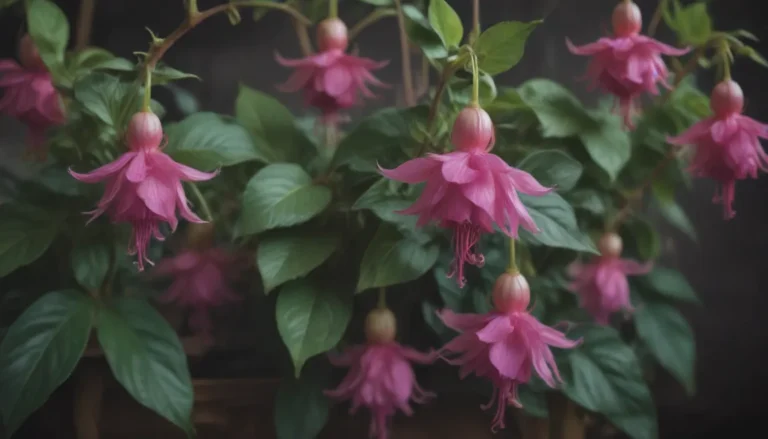How to Create a Vibrant Shade Garden: Tips and Ideas

Do you have a shady outdoor space that you feel is uninviting? Are you looking to transform that dim, neglected corner of your yard into a lush oasis of greenery and color? If so, you’re in the right place! In this comprehensive guide, we will explore how to plan and plant a thriving shade garden that will bring new life to your home. Whether you have a small nook under a leafy tree or a larger area that receives minimal sunlight, there are plenty of options for creating a beautiful shade garden that will thrive without needing lots of light.
Introduction to Shade Gardening
Shade gardens are not just for dark, gloomy spaces. With some creativity and the right plants, you can create a stunning garden that is just as vibrant and inviting as a sun-drenched one. Shade-tolerant perennials, annuals, and shrubs can thrive in areas with limited sunlight, adding color, texture, and beauty to your outdoor space. With the help of expert tips from Nick Cutsumpas, also known as “Farmer Nick,” you can plan and design a shade garden that suits your style and space.
Planning Your Shade Garden
Before you dive into planting your shade garden, it’s essential to take some time to plan and prepare. Here are some tips to help you get started:
- Vary the Heights of Plants: Mix low-growing groundcovers with taller plants to create visual interest and depth in your garden.
- Plant in a Small Nook: You don’t need a large yard to create a shade garden. A small corner with tree cover can be the perfect spot to start.
- Lay a Path: Create a winding path with rocks to add structure and interest to your shade garden.
- Plant Flowering Shrubs: Choose colorful flowering shrubs like azaleas and rhododendrons to bring seasonal blooms to your garden.
- Add Architectural Elements: Incorporate urns, trellises, or other decorative elements to add a touch of elegance to your shade garden.
- Combine Various Textures: Mix plants with different textures to create a visually appealing garden that doesn’t rely on flowers alone.
- Decorate with Seasonal Touches: Add seasonal accessories like pumpkins or decorative ornaments to keep your garden looking fresh and vibrant all year round.
These are just a few ideas to help you plan and design your shade garden. Get creative and experiment with different plants, colors, and textures to create a unique and personalized outdoor space.
Plant Selection for Shade Gardens
Choosing the right plants is essential for a successful shade garden. Here are some popular shade-loving plants to consider:
- Hosta: A classic shade garden plant, hostas come in a variety of sizes, shapes, and colors, making them versatile and easy to grow.
- Astilbe: Known for their feathery plumes of flowers, astilbes add a pop of color to shady areas.
- Ferns: Ferns thrive in shady, moist conditions and add a touch of elegance to any garden.
- Hellebores: Also known as Lenten roses, hellebores are early bloomers that provide color and interest in late winter or early spring.
In addition to these staples, consider mixing in other shade-tolerant plants like heuchera, geraniums, and bleeding heart for a diverse and vibrant garden. Remember to check your plant hardiness zone and choose plants that are suitable for your climate.
Enhancing Your Shade Garden
Once you’ve planted your shade garden, there are plenty of ways to enhance and beautify your outdoor space:
- Add a Water Feature: A fountain or bird bath can bring a sense of tranquility to your garden and attract wildlife.
- Enhance Outdoor Seating: Create a cozy seating area with comfortable furniture where you can relax and enjoy your garden.
- Mix and Match Planters: Use planters of varying heights and sizes to create visual interest and depth in your garden.
- Incorporate a Table: Adding a table to your garden can provide a focal point for arranging planters and decorative elements.
- Create a Color Story: Experiment with different plant colors and textures to create a cohesive and visually appealing garden design.
By incorporating these tips and ideas into your shade garden, you can create a beautiful and inviting outdoor space that you’ll enjoy for years to come.
Conclusion
In conclusion, creating a vibrant shade garden doesn’t have to be daunting or complicated. With the right plants, design elements, and a little creativity, you can transform any shady corner of your yard into a lush and inviting oasis. Whether you have a small nook under a tree or a larger area that receives minimal sunlight, there are plenty of options for designing a shade garden that suits your style and space. So roll up your sleeves, grab your gardening tools, and get ready to create a beautiful and thriving shade garden that will bring joy and tranquility to your home. Happy gardening!





